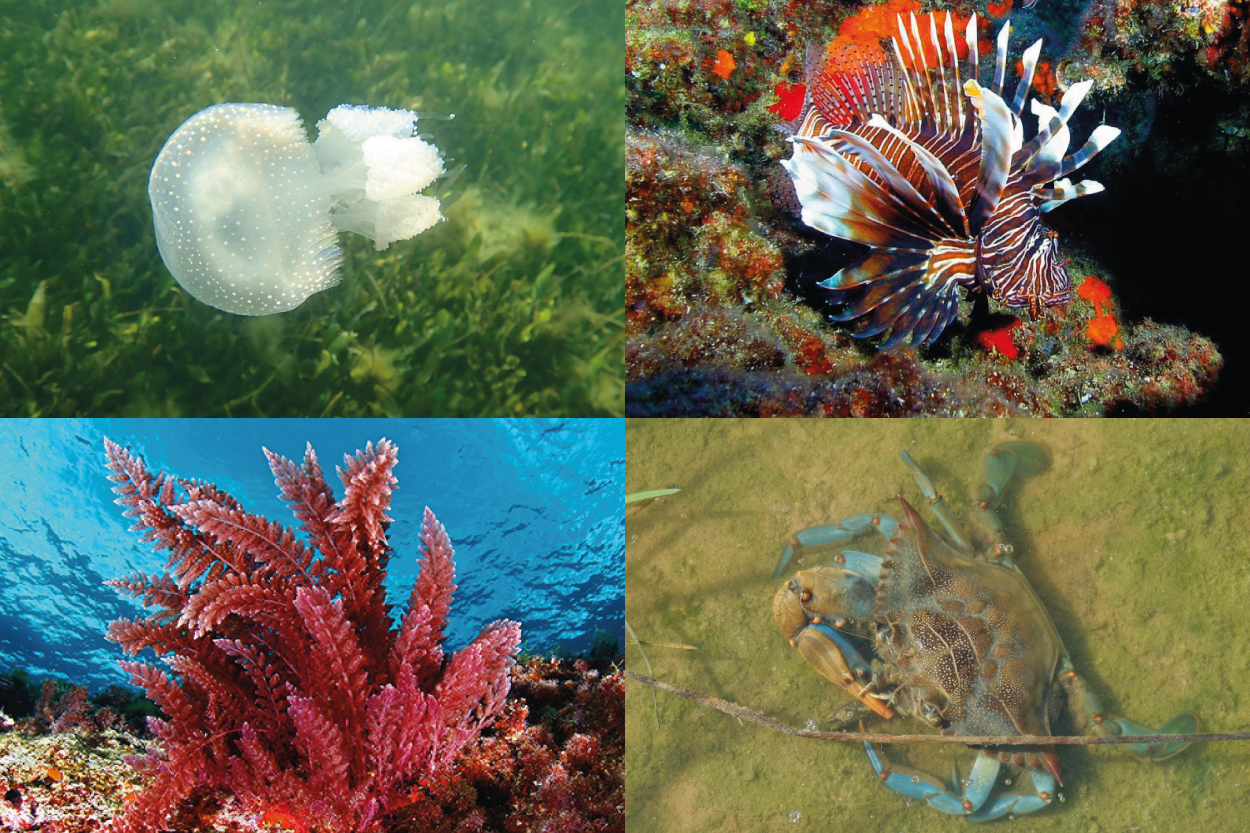News

Tourist species
Exotic, introduced and invasive.
04/28/2023
Invasions are not a new phenomenon, thus humanity has an extraordinary capacity to transport species from one place to another in the biosphere, both voluntarily or accidentally. Transported species that reach unknown habitats and ecosystems are exotic or alien species in this new place. Most of them succumb quickly, although a few manage to survive and even reproduce. They are introduced species, which become part of the ecosystems where they settle, integrating without affecting native species much.
However, sometimes some introduced species cause significant changes, affecting the structure and/or functioning of the receiving ecosystem, significantly altering the landscapes and even causing economic losses. They are then called invasive species.
Thus, exotic species are differentiated between introduced and invasive according to their ability to generate impacts in the host area.
Invasive species are causing serious consequences for the planet's biodiversity. Biological invasions are considered the second leading cause of species extinction worldwide after physical habitat destruction. This is aggravated on the islands, where biological invasions are the main factor that cause biodiversity reduction.
The Mediterranean is a “hot spot” for species biodiversity, comparable to coasts as South Australia, and the arrival of invasive species has been happening non-stop. A sea that bathes a large part of the European countries, which connects the Indian Ocean with the Atlantic thanks to the Suez Canal and is traversed by a large number of maritime merchandise transport ships, is transited daily by many species that travel accidentally attached to the hull of the boats, contained in the ballast tanks of the large merchant ships, or proliferating from the marine culture facilities where they arrive camouflaged on the shells of the bivalves that are the object of exploitation.
There are several projects in Observadores del Mar to report invasive species, collected in this poster : the project Exotic Fishes collects information on different species of fish that reach the Mediterranean through the Suez Canal, and exotic species can also be reported at Decapod Crustaceans and at Jellyfish Alert. However, in the western basin the most abundant group of introduced organisms are algae, collected and well represented in the project Invasive Algae.
The Atlantic Ocean is also home to invasive algae and species such as Caulerpa cylindracea, Lophocladia lallemandii, Asparagopsis armata and Codium fragile sp. fragile are common, as well as the recent invasion of the Japanese algae Rugulopteryx okamurae, which since 2015 has caused major impacts in the waters of the Strait and is spreading both westward to occupy the Atlantic coast and the southern coast of the Mediterranean.
Our "Invasive Algae" project aims to signal all invasions of algae species detectable with the naked eye in order to study their distribution and both temporal and spatial evolution.
Remember not to pluck them, they often reproduce vegetatively from the small fragments that escape from your hands. Take a picture with your camera and report it to Observadores del Mar. All eyes are crucial!
